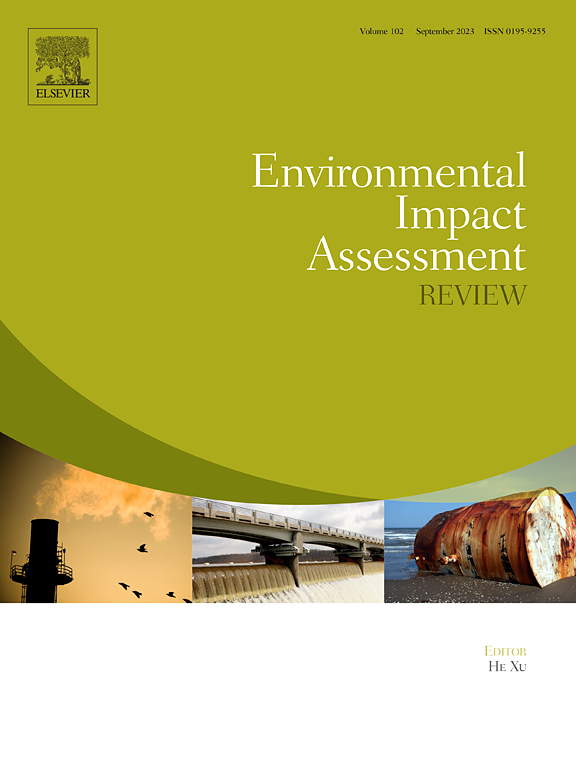Sustainability on the plate: Unveiling the environmental footprint of pasta supply chain through Life Cycle Assessment
IF 9.8
1区 社会学
Q1 ENVIRONMENTAL STUDIES
引用次数: 0
Abstract
The sustainability transition of the agri-food supply chain presents numerous challenges, with agriculture alone contributing significantly to climate change, water use, and soil degradation. Cereals represent the largest share of people's dietary patterns, and their production is connected to diverse environmental challenges, which require a holistic approach that encompasses the entire agri-food supply chain. Life Cycle Assessment has been extensively employed to estimate the environmental impacts of agri-food supply chain and more specifically of dry durum wheat pasta. However, no studies have been developed yet for gluten-free pasta and fresh stuffed pasta with increasing consumption patterns that might reshape the environmental sustainability of the food supply chain. This study applies Life Cycle Assessment technique to assess – through a cradle-to-grave approach – the sustainability of gluten-free and fresh stuffed pasta produced in Northern Italy and makes use of 18 Environmental Product Declarations (EPDs) on durum wheat pasta to compare the environmental impacts of different pasta recipes. Results reveal that gluten-free pasta is characterized by a strong negative impact in the cultivation stage, due to water-demanding practices adopted to grow rice and corn. Fresh stuffed pasta production is associated to higher impacts both in the distribution phase, due to the energy needed for refrigeration, and in the production of ingredients, because of the additional animal-based products in the recipe. This study could offer a quantitative baseline to pave the way to implement specific mitigation actions and sustainability strategies aimed at improving the environmental performance of pasta supply chain.
求助全文
约1分钟内获得全文
求助全文
来源期刊

Environmental Impact Assessment Review
ENVIRONMENTAL STUDIES-
CiteScore
12.60
自引率
10.10%
发文量
200
审稿时长
33 days
期刊介绍:
Environmental Impact Assessment Review is an interdisciplinary journal that serves a global audience of practitioners, policymakers, and academics involved in assessing the environmental impact of policies, projects, processes, and products. The journal focuses on innovative theory and practice in environmental impact assessment (EIA). Papers are expected to present innovative ideas, be topical, and coherent. The journal emphasizes concepts, methods, techniques, approaches, and systems related to EIA theory and practice.
 求助内容:
求助内容: 应助结果提醒方式:
应助结果提醒方式:


